5 reasons you should buy an HDR TV, even if you have no idea what that means
You're not paying extra for a CD player—you're getting power steering
Products are chosen independently by our editors. Purchases made through our links may earn us a commission.
If you intend to buy a new TV in 2019, you're going to have to learn some jargon. On top of knowing that buying a smart TV (one that connects to the internet) is almost unavoidable these days, if you plan on upgrading beyond the cheapest possible budget option, you're also probably going to end up buying a 4K TV—meaning it has a screen resolution of 3,840 x 2,160 pixels. Far from advanced tech anymore, 4K resolution is now centered robustly in the mainstream buying experience.
However, one new TV upgrade that's a little harder to understand is High Dynamic Range, or HDR. So-called HDR TVs—meaning TVs that are capable of playing HDR content—aren't as mainstream as 4K, but they're closer than you probably think, not to mention sometimes surprisingly affordable. What primarily sets HDR TVs apart from non-HDR TVs is their ability to produce more brightness and color, though the reality is much more complex.
But even if you don't understand what HDR is or why you'd want an HDR TV the next time you upgrade, we're making the case for buying one anyone. Certain models—especially from brands like TCL, Hisense, and Vizio—are very affordable, and there's plenty of good reasons to upgrade sooner rather than later.
1. Everything you watch looks better
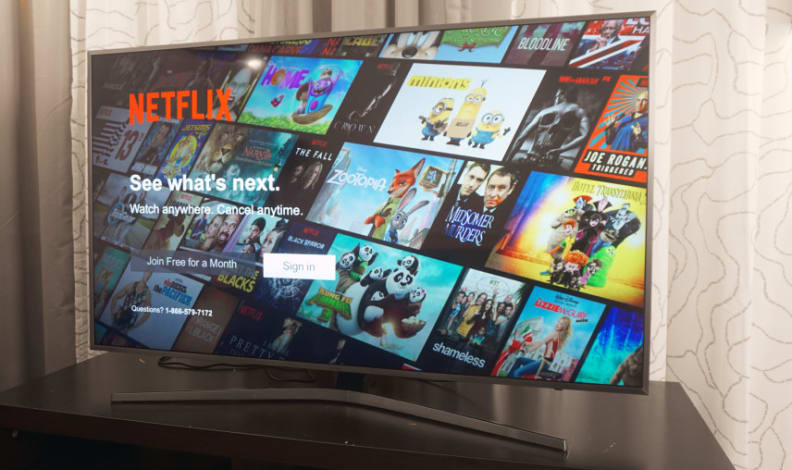
Older, pre-HDR TVs (sometimes now called SDR, or standard dynamic range) were required to hit certain minimum requirements for the light and color they could produce. But despite the "HDR" buzzword just permeating the market, TVs (by the logic of being capable of more than minimum requirements) have been capable of "higher" dynamic range for a long time.
This means pretty much any HDR TV out there can not only still play all of the non-HDR content you're watching, but it can play it with more control, precision, and accuracy than many older TVs. With its standards set higher (to play HDR content), playing SDR content is a piece of cake for these TVs. Basically, most non-HDR content is going to look better, or at least more accurate, on an HDR TV.
2. Better WiFi streaming
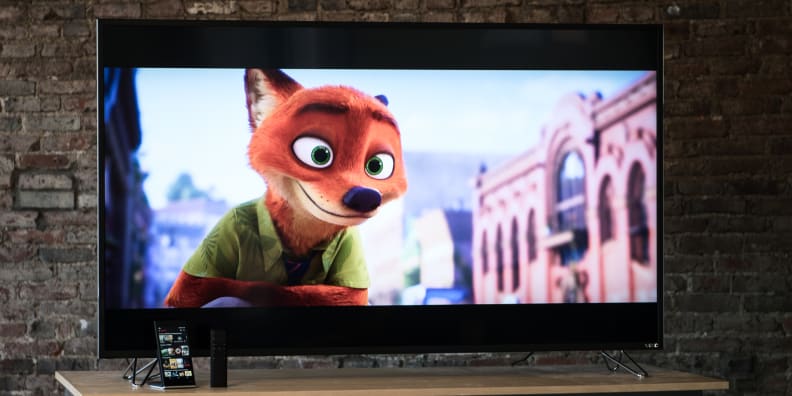
This is a similar argument to the first, but it's worth hearing out. While knowing the exact WiFi capabilities of every TV in the store is a daunting task, you can bet that 99% of HDR TVs are going to stream regular (SDR) content—Netflix, Amazon, or whatever—without missing a beat.
Because they're spec'd to be able to handle HDR streaming—which means 4K resolution content with an extra layer of data, to boot—they generally handle less demanding streaming tasks with aplomb. That means less time watching that annoying little spinning buffer icon, and more time binging (please enjoy content responsibly).
3. It's a catch-all for the latest tech
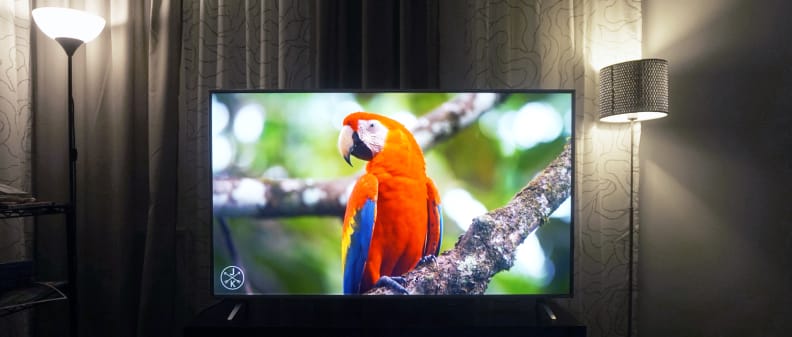
HDR has been defined as "better pixels," and that means a lot more than just "brighter, more colorful TVs." The HDR standard includes 4K resolution as a spec, and also means any HDR TV is outfitted with the latest HDMI inputs and audio pass-thru standards.
This means you don't really have to choose between "HDR," "4K," or any of the latest TV "buzzwords." HDR TVs encompass and deliver all of those upgrades by default, so you know you're getting everything you might need (and probably a few things you don't).
4. Future-proof now, worry about it later
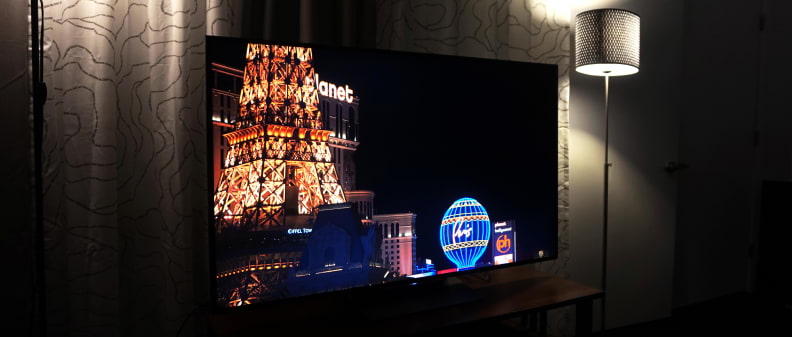
HDR content is coming down the pipeline very quickly. There's already a decent amount of HDR content on streaming services, and a bunch of HDR Blu-rays, to boot. While broadcast HDR content isn't here yet, it's rapidly developing as well.
That means even if you don't have any way to watch HDR content, it's eventually going to be so ubiquitous that you won't have to try very hard to find and enjoy it. What's more, it means buying a non-HDR TV is planning for some level of obsolescence.
5. You're not really paying more for it
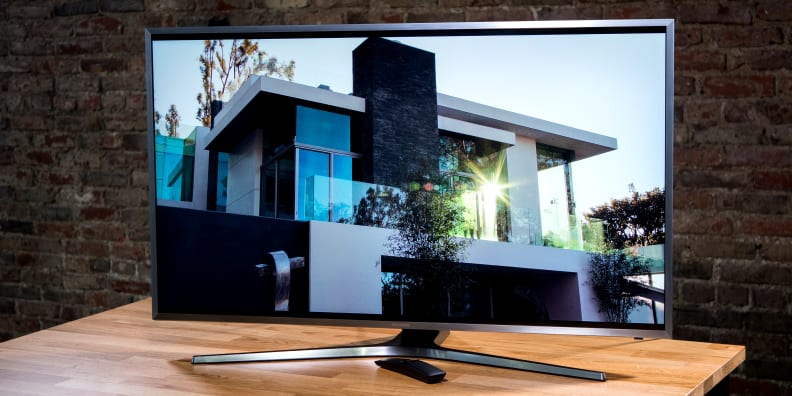
TVs with HDR compatibility are cornering the mainstream TV market—even entry-level and mid-range sets from big players like Samsung, LG, Vizio, Sony, and Hisense are HDR-compatible this year.
Rather than an additional luxury, HDR compatibility is already so widespread that it hardly needs advertising. Suffice to say that buying an HDR TV means buying all the R&D that's gone into making it capable of hitting the latest benchmarks. In short, even if a TV is a "sub-par" HDR TV, they're almost all home runs where standard content playback is concerned.
